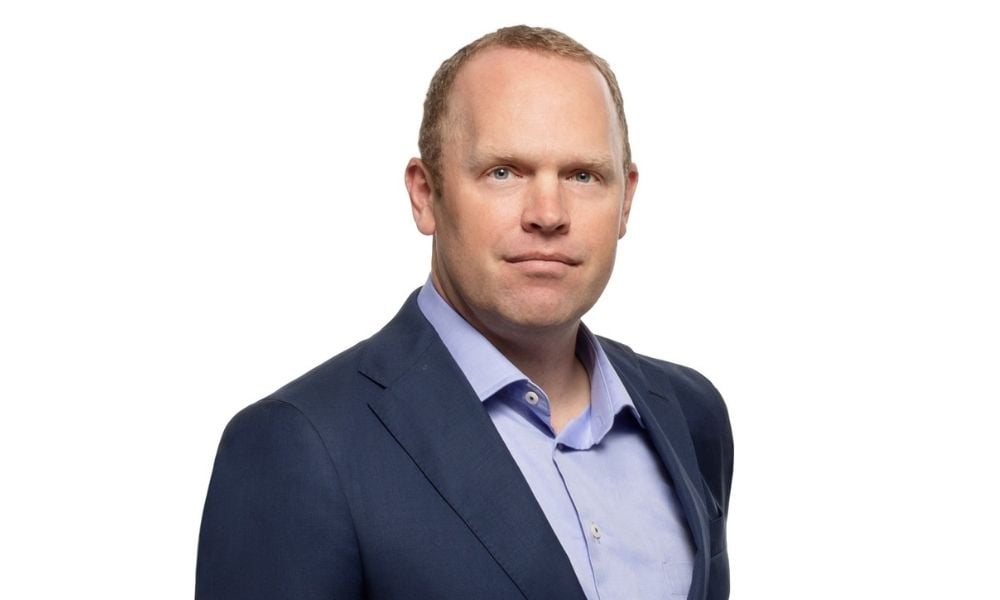Passive index funds becoming riskier and more expensive, he warns

The central banks haven’t begun to raise rates yet, but Greg Taylor, Purpose Investments’ Chief Investment Officer, expects them to be more hawkish this year, so is cautioning advisors to start looking at portfolios.
“I think the big thing that people are going to need to be positioned for is that we’re moving to a period where central banks are going to be more hawkish and potentially less market friendly than they’ve been in the past,” he told Wealth Professional.
“We had a few years where central banks were doing everything they could to keep stock markets higher. It feels now that we’re moving into this environment where they are going to be more hawkish at increasing interest rates and potentially embark on quantitative tightening. So, this is a period that’s going to be very different from the last, and I think investors need to be more positioned for some volatility ahead, which is something they’ll just have to get used to. The performance of the markets over the last few years might be looked at as a lot easier environment to make money in than they will be going forward.”
Taylor warned advisors not to get complacent.
“I think a lot of people got complacent thinking you can just buy the dip and there’s always going to be a comeback, so don’t worry about the risk,” he said. “This could be an environment that we’re entering into that may be much trickier for us. That’s something that people need to be aware of.”
Taylor also cautioned that there’s a lot of risk right now. While people are buying passive index funds, many of which are market cap weighted, almost all of them are overweight and a lot of stocks – like Apple, Microsoft, Amazon, and Google – are becoming getting riskier and more expensive. As more money comes into the market, it starts inflating the valuations of these stocks, which increases the risk.
“I think investors need to be aware of that and make sure they’re checking their portfolios,” he said, noting companies like Apple now have more than $3 trillion in market cap and there’s a risk that the growth could slow and people who own too much of it could start switching from technology to other sectors. “This could be something that could creep up and cause more pain for investors. So, take the time to look at those passive holdings and make sure that there is not too much overexposure pinned to one sector.”
Meanwhile, Taylor is expecting the cyclicals to begin to improve and take the lead while tech stocks could pause in the face of volatility and interest rate hikes. Energy stocks could continue their growth this year, and banks and materials could also begin to improve be with global growth. If so, he said “this could be a situation where we would see the TSX outperform the S&P 500,” which hasn’t happened since 2016.
Taylor said it’s a good time for active management or rotations into different sectors and companies, especially since “we do still see a lot of cash on the sidelines that needs to come back to financial markets.” Given the low interest rate environment, equities also appear to be an attractive place for dividend growth.
Given the focus on inflation, he said real assets, such as commodities, can shine. But there is some debate as to whether cryptocurrencies fit into this as some see them as a real asset, but he said they’re starting to pull back and act more like risk assets and trading more correlation with tech stocks.
“So, I think Bitcoin is still probably a young asset class that people are still getting used to and trying to figure out how it fits in the portfolios, but it seems to be straddling the line between being a risk asset and a real asset, and that’s something that’s going to have to be sorted out this year,” he said.
“It’s probably time for investors to get used to a more normal market,” he said. “They need to get used to more higher single digit rates of return and not expect 20% plus every year in this environment.”



